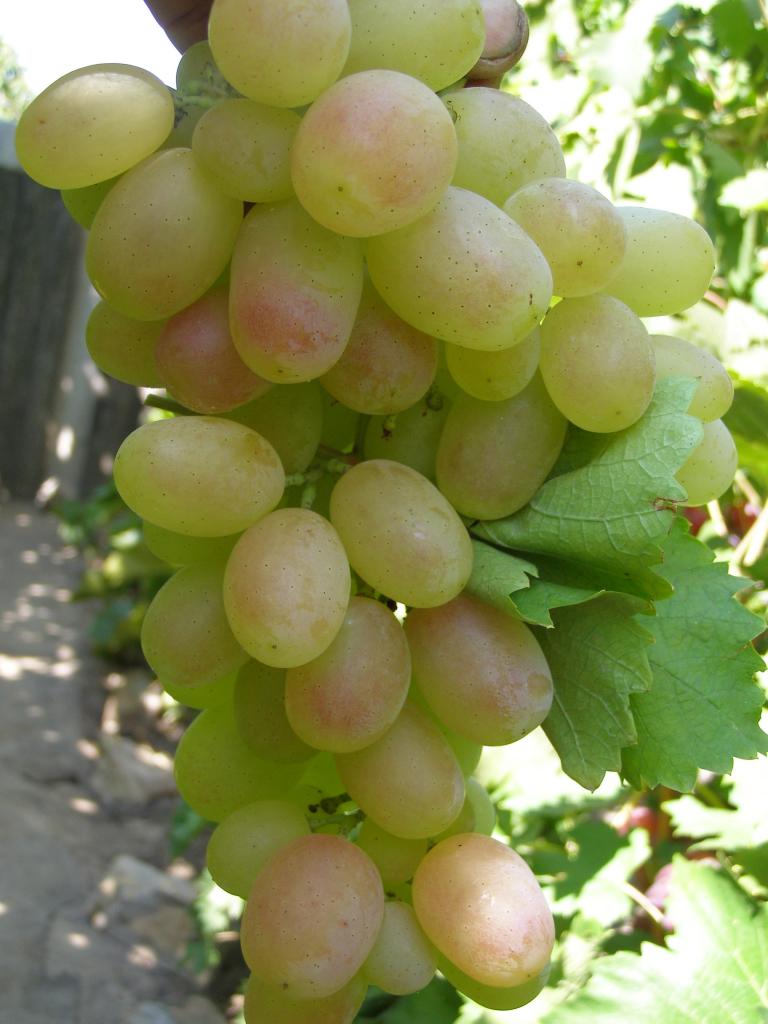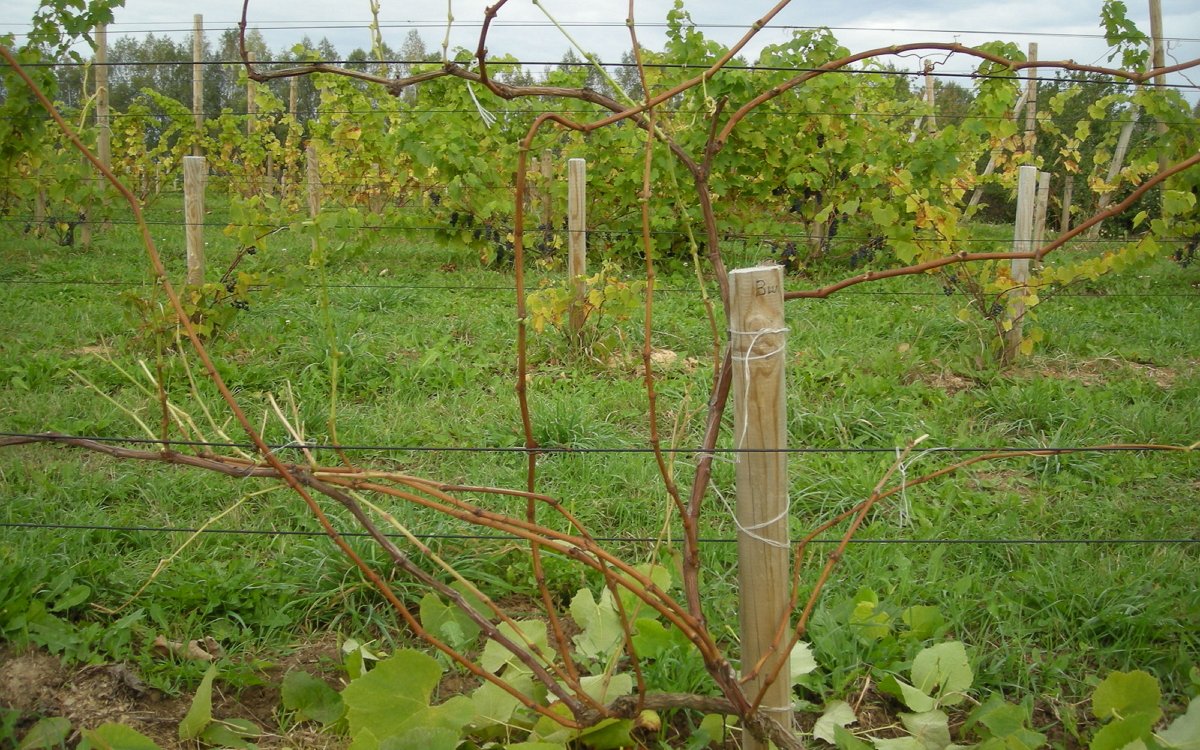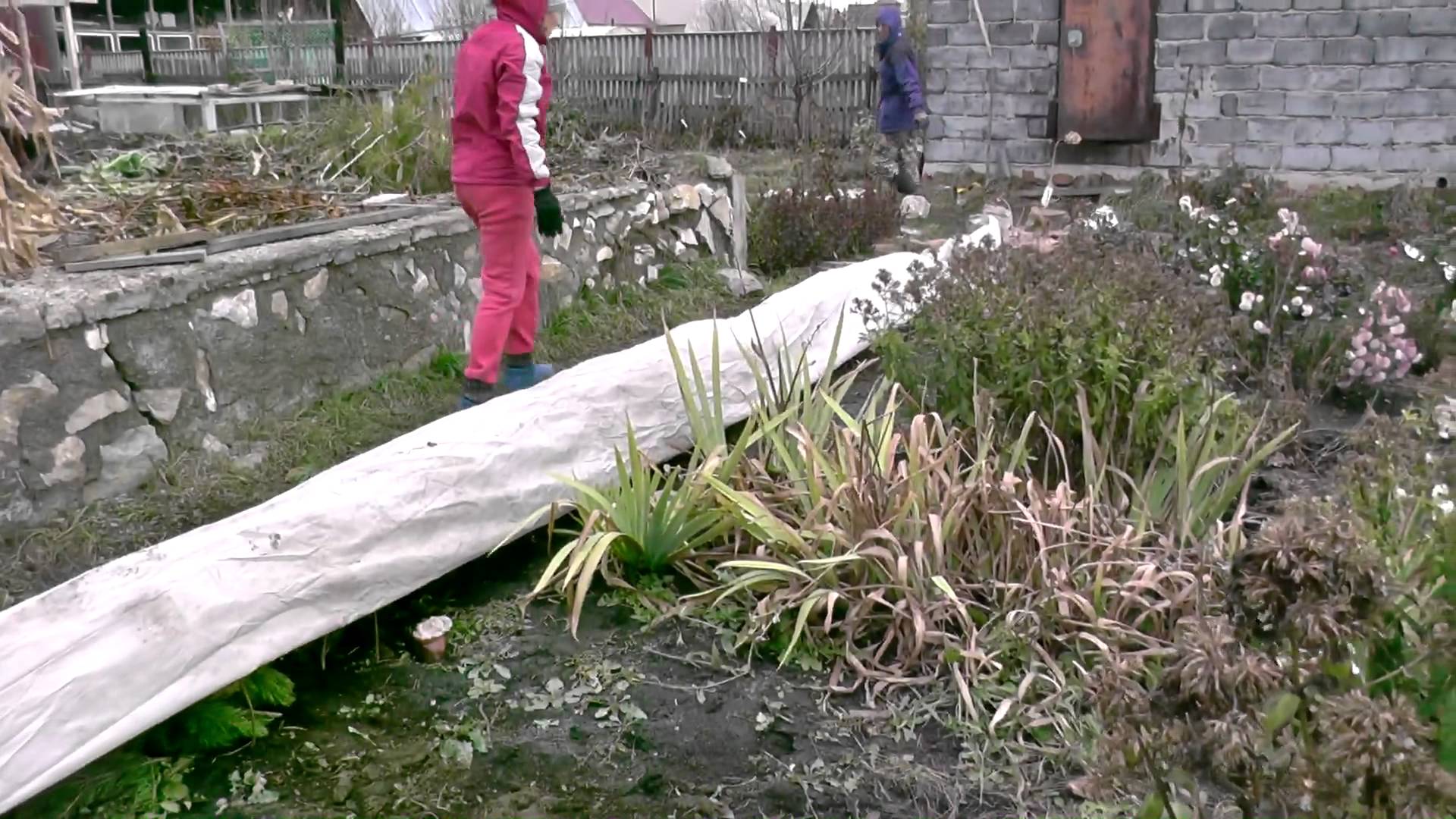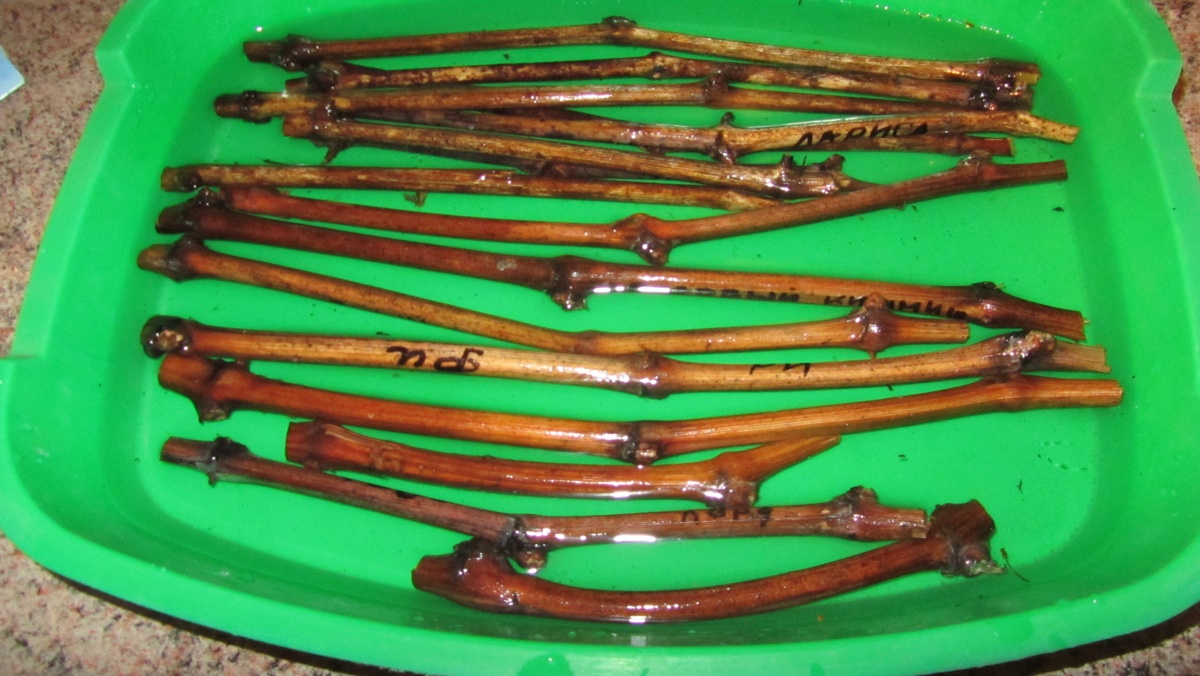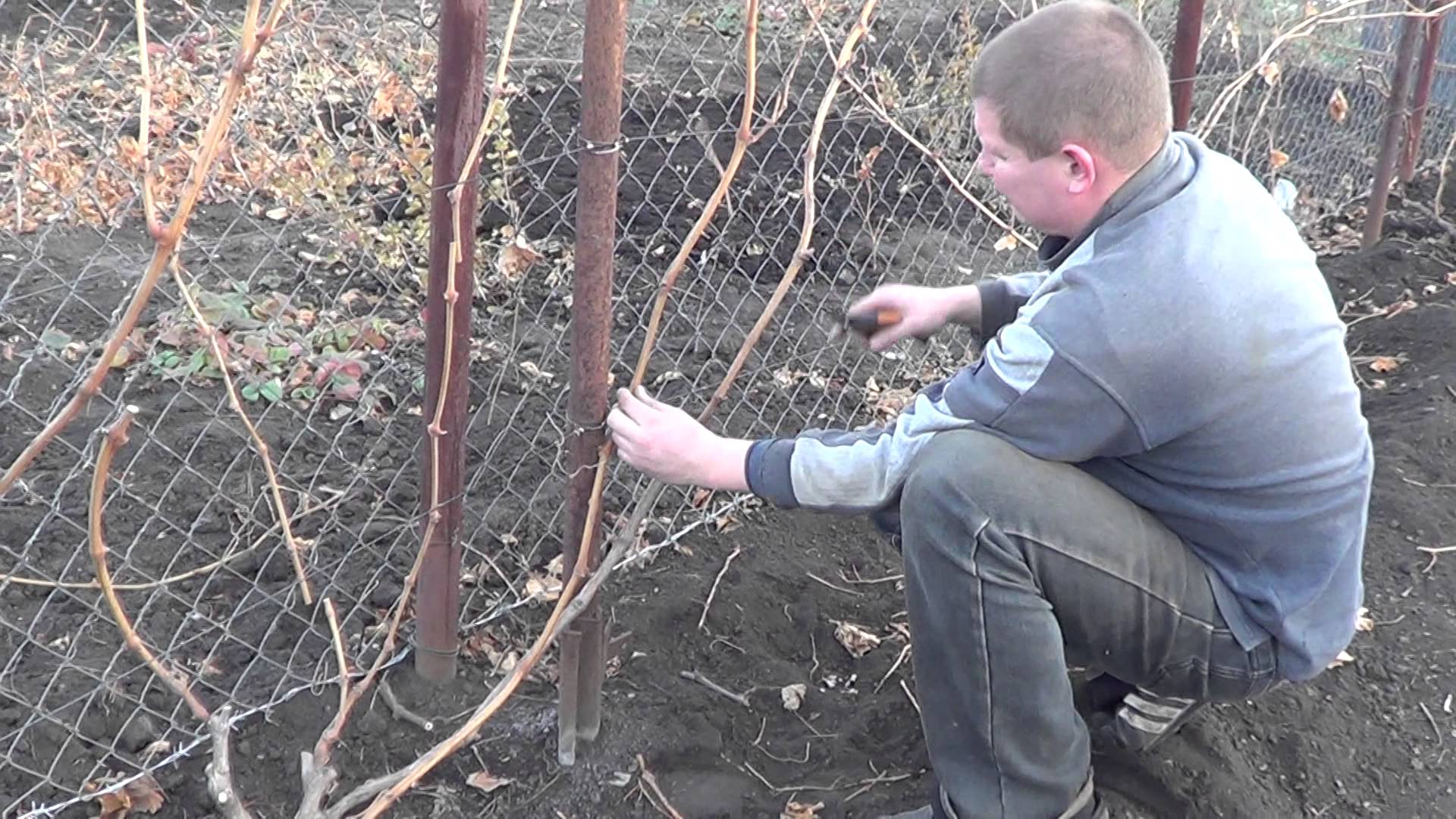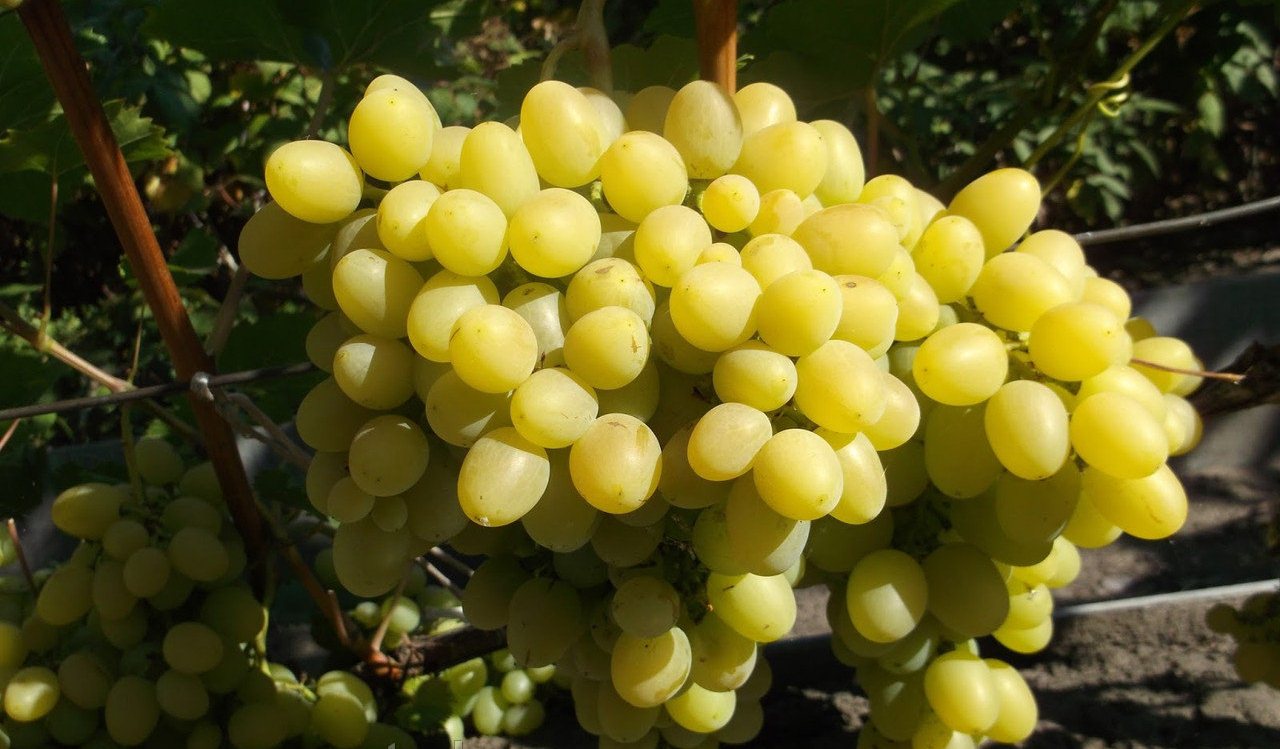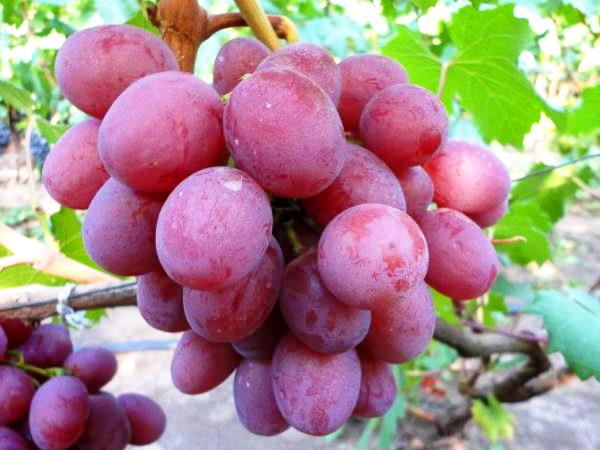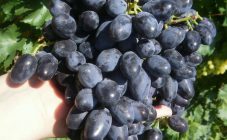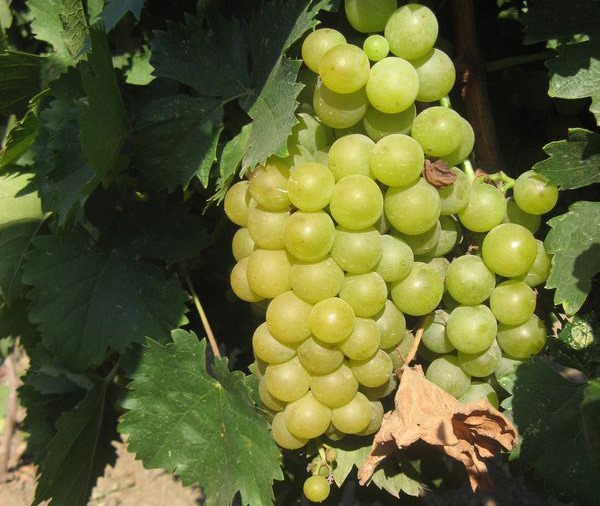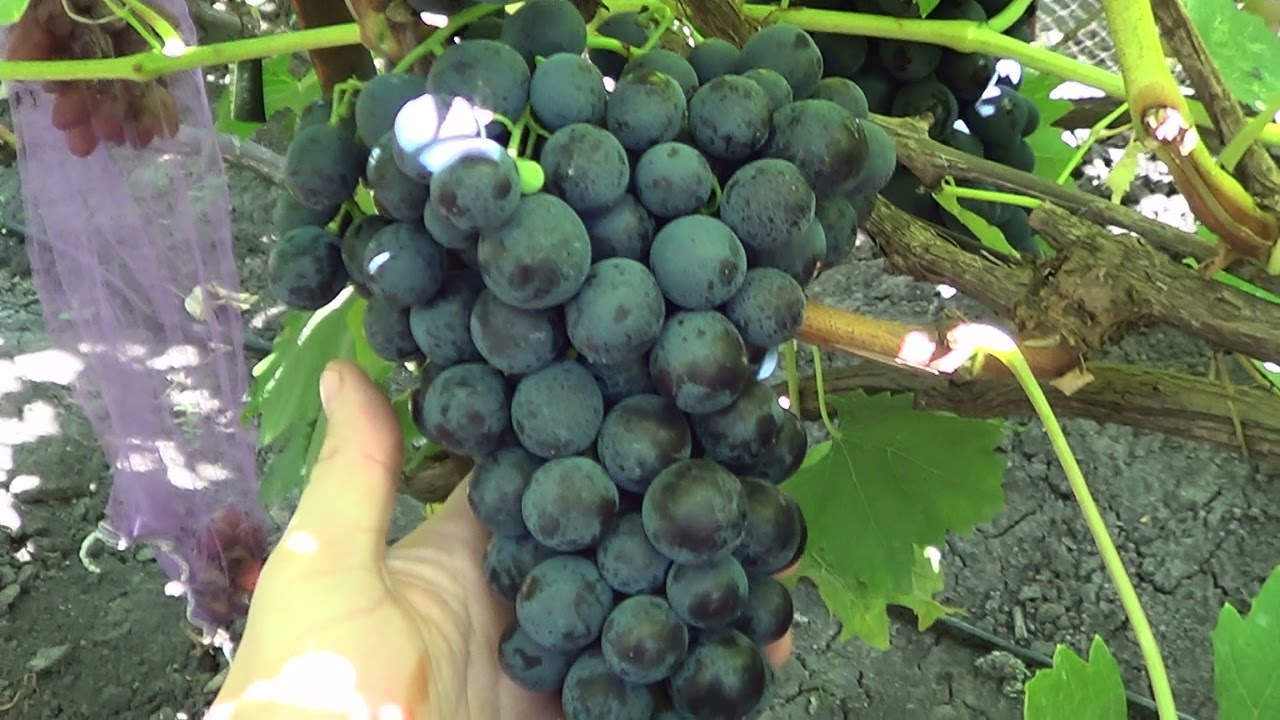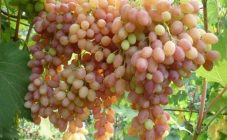Content:
The history of viticulture began in ancient times, people cultivated and used sweet fruits for food and for healing. The healing properties of grapes are combined with its excellent taste. Fresh grapes are among the best dessert fruits.
The history of the creation of the Kesha grape variety
A purely southern plant, grapes, thanks to the work of breeders, spread to more northern regions. Varietal varieties have been bred, which are distinguished by frost resistance, disease resistance, and high yield.
Several dozen grape varieties are bred at the All-Russian Research Institute of Viticulture and Winemaking named after V.I. Ya.I. Potapenko. One of them is the Kesha table grape, obtained in the Kuban.
For breeding, they used the Moldavian variety Frumoasa Albe, which means "white beauty", and the brainchild of the same institute - Delight. Therefore, the second name of the new variety is Improved Delight. The number name of the Kesha variety is FV-6-5. All the best parenting qualities were passed on to Kesha.
The name I liked (Kesha) has been assigned to several more varieties and varieties that are similar in their qualities, but also have some differences: Kesha 1, better known as Talisman, Kesha 2, Kesha red, Kesha radiant.
Characteristics and description of Kesha grapes
The variety belongs to early or medium-early, since ripening largely depends on care, weather conditions and growing area. From the opening of the first buds to the ripening of the berries, it takes up to four months (120 - 130) days. In the south, by mid-August they feast on ripe berries, in central Russia - in the late summer.
The variety is self-fertile, the presence of bisexual flowers does not require pollinators.
Kesha grapes can withstand frosts down to -23 C, which makes it possible to grow it in the Moscow region and throughout central Russia.
The variety is fruitful, because of all shoots, 75 to 80 percent are fruitful.
The bushes of the variety are very large, with a significant rapid growth of a well-ripening vine. During the season, the shoots reach a length of up to 5 meters. For this property, the variety is referred to as a gazebo. Grape leaves are round, poorly cut, green in color with pinkish veins.
The rhizome is strong and strong with many lateral branches.
Before the guaranteed fruiting of the Kesha variety, you have to wait 5 years, but small clusters appear in three-year-old plants.
There are different forms of bunches. They can be conical, a mixture of a cone and a cylinder, sometimes without a definite shape. The stem of the bunch is long. The size of the bunches is significant, the average weight is about 800 g, with proper care it can reach 1.3 kg. It is recommended to leave 2 brushes on one shoot so as not to overload the vine.
In a bunch, the berries are approximately the same size, tightly pressed against one another.
Unripe berries are green; as they ripen, their color changes from whitish, yellowish to amber in fully ripe ones. Grapes acquire a brown tint in the bright sun.
The shape of the berry is slightly oval, weight: 10 - 12 g. The number of seeds is small, 2 - 3 pieces. The skin of the berry is thick.The pulp is translucent fleshy dense. The taste is quite sweet (sugar content up to 25%), which has passed from the parent variety Vostorg, acidity at the level of 6 - 8 g / l.
The berries do not lose their appearance, staying on the bushes for a long time, with a sharp change in weather there is no cracking.
A table variety, the main use is the consumption of fresh grapes.
Features of agricultural technology
Simple care of Kesha grapes allows novice summer residents to start growing it. The rules for planting and caring for Kesha grapes do not differ from the requirements for other table varieties.
The variety is sun-loving, for planting you need to choose an open, illuminated place, protected from the north side.
A light shelter is sufficient for the winter.
Like all grape varieties, it requires planting in fertile (or fertilized) land. Planting new bushes can be done in the fall, but it is better to do this in the spring, in April.
The pit is prepared in the fall, but in the summer perennial weeds should be removed, the area should be dug up, adding fertilizers:
- ash;
- humus;
- superphosphate.
The pit should be large - 70 × 70 × 70 cm. Drainage is laid on the bottom with a layer of 15 - 20 cm (broken brick, gravel, pebbles), a mixture of fertilizers and good earth is poured on top. Fertile soil is poured at the level of the location of young roots. A piece of metal pipe is driven into the entire depth of the pit, so that when watering for the first time, water gets to the young roots.
In early spring, before budding, the bushes are abundantly watered. After flowering (late May - early June), a second watering is carried out. In dry weather, water again.
The grapes need additional fertilizing, mainly potash and phosphorus fertilizers are needed, a small amount of nitrogen is applied. Every year, 2 liters of ash are brought under the bush. Foliar dressing is carried out 2-3 times during the summer season, spraying the leaves with a weak solution of fertilizers. Once every two years, 2 buckets of humus are introduced, distributing it into small pits around the bush.
In early spring, for prevention, they are sprayed with a solution of ferrous sulfate (from mildew). When 3-4 leaves appear, the vineyard is sprayed with Ridomil Gold as a prophylaxis for other diseases.
Simple care of Kesha does not require special knowledge, with the exception of the pruning procedure, on the correctness of which future yields depend.
Pruning rules
Small pruning is carried out in early spring, before sap flow begins.
But this does not exclude pruning according to the rationing of the bushes: to remove excess shoots, stepchildren and bunches have to be in the summer, while the vine is green. The number of bunches is no more than two on one shoot. The bush grows to a large size, which requires strong trellises.
Wintering
Before the onset of frost, all the vines are removed from the trellises, carefully tied in bunches and, laid on the ground, covered with a material suitable for the region: in the northern regions they use non-woven materials or old warm things, in warmer ones - spruce or pine spruce branches, dry foliage. Rodent chemicals should be placed under the shelter.
Advantages and disadvantages of the variety
Varietal Kesha grapes are one of the best table varieties of medium early ripening. Its unconditional advantages:
- great taste;
- constant high productivity;
- high-quality presentation of bunches, transportability;
- berries are not prone to cracking, they remain on the bushes for a long time;
- ease of care;
- rapid growth and maturation of shoots;
- no difficulty in propagation by cuttings;
- frost resistance;
- resistance to mildew.
Specialists in the cultivation of varietal varieties of grapes attribute the disadvantages of the variety to an average degree of resistance to other grape diseases, while Kesha is a 1 grape variety, which is less sensitive to mildew, rot and other diseases. Kesha 1 has a slightly larger bunch with proper agricultural technology - up to 2 kg.
A sunny amber bunch, grown with our own hands, will bring joy to the owner of the vineyard and will give an excellent taste to those who like to enjoy sweet tender berries.
